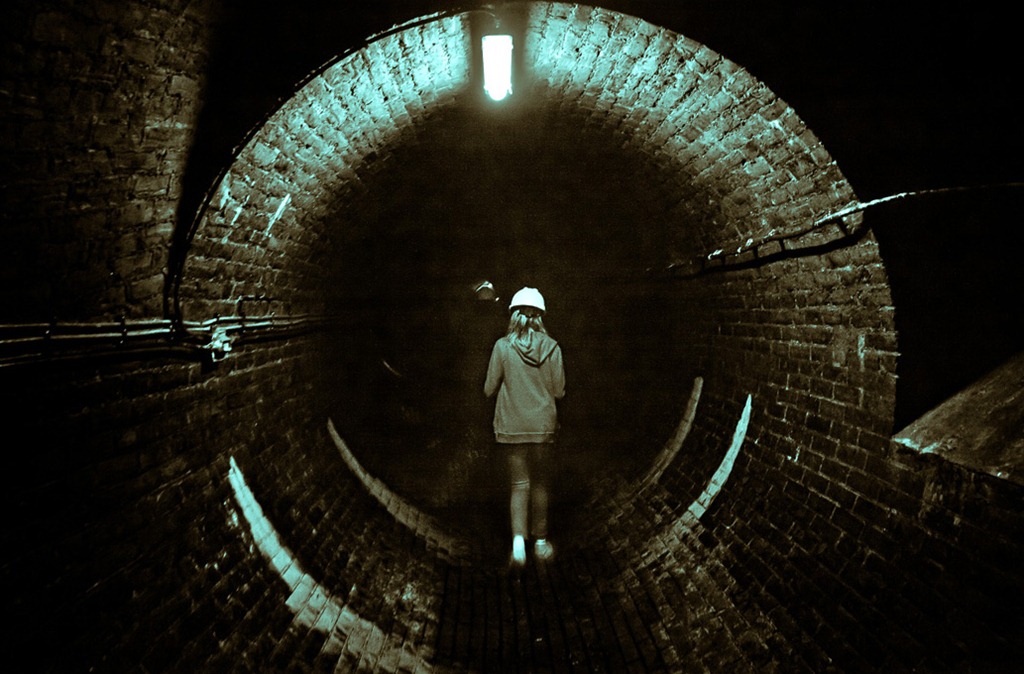Sewer Photography Tips and Tricks: Capturing the Hidden Depths
Introduction:
Urban exploration photography has gained significant popularity over the years, with photographers seeking out unique and unconventional locations to capture stunning images. While many urban explorers focus on abandoned buildings or rooftops, there is another hidden world waiting to be discovered beneath our feet – the sewer system.
Exploring and photographing sewers may sound unappealing at first, but it offers a thrilling adventure that allows you to document an unseen side of the city. In this guide, we will delve into some essential tips and tricks for capturing captivating sewer photographs while ensuring your safety.
1. Safety First:
Before embarking on any sewer exploration mission, prioritize safety above all else. Sewers can be hazardous environments due to their potential for flooding, toxic gases, unstable ground conditions, and even wildlife encounters. Here are a few precautions to take before venturing underground:
a) Research: Gain knowledge about the specific sewer system you plan to explore by researching its layout, history, potential hazards, and maintenance schedule.
b) Gear up: Wear appropriate protective clothing including boots with good traction, gloves for hygiene purposes and protection against sharp objects or chemicals present in the sewer environment.
c) Illuminate your path: Carry a reliable flashlight or headlamp with spare batteries as sewers are often poorly lit or completely dark.
d) Communication devices: Always carry a fully charged mobile phone (preferably in waterproof casing), whistle or other signaling devices in case of emergencies.
e) Buddy system: Never explore sewers alone; always bring along at least one trusted companion who is aware of your location and plans.
2. Seek Permission:
In most cases, accessing public sewers without proper authorization is illegal. Therefore, it’s crucial to obtain permission from relevant authorities such as local municipalities or water utility companies before attempting any exploration activities. This not only ensures legal compliance but also provides insights into any ongoing maintenance or repair work that may affect your plans.
3. Plan Your Route:
Sewer systems can be extensive and labyrinthine, making it essential to plan your route beforehand. Study maps or blueprints of the sewer system, noting key access points, manholes, junctions, and potential areas of interest for photography.
4. Timing is Key:
Timing plays a crucial role in sewer exploration and photography. Aim to visit sewers during dry seasons when the water levels are lower to minimize the risk of flooding. It’s also advisable to check weather forecasts and avoid heavy rain periods as they can quickly lead to hazardous conditions underground.
5. Composition Techniques:
Sewer environments offer unique opportunities for creative compositions due to their gritty textures, leading lines, and interplay of light and shadow. Consider these composition techniques while capturing captivating images:
a) Leading Lines: Utilize the linear elements present in sewers such as pipes, walkways, or tunnels as leading lines that guide viewers’ attention towards your subject.
b) Symmetry: Look for symmetrical compositions where reflections on water surfaces create a balanced visual impact.
c) Depth: Create a sense of depth by positioning yourself at different distances from objects within the frame – walls receding into darkness or archways disappearing into unknown recesses add intrigue.
d) Contrast: Emphasize contrasts between light and dark areas within the frame to capture dramatic scenes with high visual impact.
6. Lighting Considerations:
Lighting is one of the most critical aspects of sewer photography since natural lighting is typically scarce underground. Here are some lighting techniques you can employ:
a) Flash Photography: Use an external flash with diffusers or bounce cards to illuminate specific subjects or areas within the frame effectively.
b) Light Painting: Experiment with long exposure shots combined with handheld flashlights or glow sticks to paint light onto various surfaces while capturing motion blur in flowing water.
c) Ambient Light Sources: Seek out sources of ambient light within the sewer system, such as streetlights or openings above ground, to add a natural touch to your images.
7. Capture Details:
Sewers are full of intricate details that tell stories about their history and purpose. Look for interesting textures, graffiti, engravings, or other artifacts that provide insight into the past or present condition of the sewer system.
8. Stay Respectful:
While exploring sewers, remember that you are entering an essential infrastructure component of a city. Treat it with respect and avoid any actions that could damage the environment or disrupt its functioning. Leave no trace behind and be mindful not to disturb any wildlife you may encounter.
Conclusion:
Sewer photography offers a unique perspective on urban exploration by revealing hidden worlds beneath our cities. By following safety precautions, seeking permission where necessary, planning your route carefully, experimenting with composition techniques and lighting considerations while capturing intriguing details – you can create stunning images that showcase this unseen side of our urban landscapes. Remember to always prioritize safety throughout your journey underground and stay respectful towards this vital part of our urban infrastructure. Happy exploring!

Leave a comment